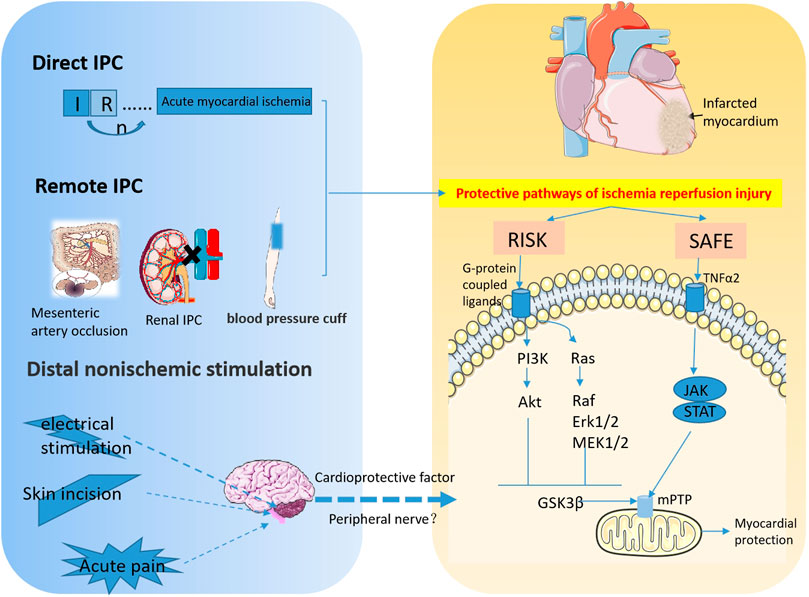

Interacting with Computers, 22, 299–310.īrown, D. The therapist user interface of a virtual reality exposure therapy system in the treatment of fear of flying.

Aviation, Space, and Environmental Medicine, 84(3), 264–265.īrinkman, W.-P., van der Mast, C., Sandino, G., Gunawan, L.
#PATHOLOGICAL FEAR OF AIRSHIPS FULL#
Potential utility of full motion flight simulators for treatment of individuals with fear of flying. Rijeka: InTech.īoyd, D., Wetterneck, C., & Hart, J. Eichenberg (Ed.), Virtual reality in psychological, medical and pedagogical applications (Chap. 4, pp 82–108).
#PATHOLOGICAL FEAR OF AIRSHIPS MANUAL#
Description of a treatment manual for in virtuo exposure with specific phobia. Why would VR works in the treatment of anxiety disorders? Oral presentation at the 36th Annual Congress of the European Association for Behavioral and Cognitive Therapy (EABCT), Paris (France), 20–23 Sept.īouchard, S., Robillard, G., Larouche, S., & Loranger, C. Clinical Psychology and Psychotherapy, 11, 311–323.īouchard, S., Robillard, G., & Dumoulin, S. Treatment of flying phobia using virtual reality: Data from a 1-year follow-up using a multiple baseline design. Computer-assisted exposure treatment for flight phobia: A controlled study. Journal of Behavior Therapy and Experimental Psychiatry, 21(3), 153–162.īornas, X., Tortella-Feliu, M., Llabrés, J., & Fullana, M. Emotional processing and fear measurement synchrony as indicators of treatment outcome in fear of flying. Anxiety disorders and phobias: A cognitive perspective. IEEE Transactions on Information Technology in Biomedicine, 6(3), 206–212.īeck, A. Virtual reality treatment of flying phobia. M., Botella, C., Perpiñá, C., Alcañiz, M., Lozano, J. Washington, DC: American Psychiatric Association.īaños, R. Phobic disorders and panic in adults: A guide to assessment and treatment. Cognitive behavior therapy for fear of flying: Sustainability of treatment gains after september 11. Washington, DC: American Psychiatric Association.Īnderson, P., Jacobs, C. Diagnostic and statistical manual of mental disorders fourth edition text revision. Comprehensive Psychiatry, 10, 151–156.Īmerican Psychiatric Association (APA). The epidemiology of common fears and phobias. KeywordsĪgras, S., Sylvester, D., & Oliveau, D.

Aviophobia is also characterized by negative cognitions when thinking about the flying experience, unproductive coping strategies such as self-blame, rumination, or catastrophizing, and significant anticipatory anxiety observed, for example, when planning trips and vacations, buying plane tickets, going to the airport, or waiting in the boarding area. Some people suffering from aviophobia do actually fly, but with extreme discomfort or by using drugs like benzodiazepines or alcohol to deal with their anxiety. People suffering from the specific phobia of flying are afraid of events directly related to the flying experience (crashing, losing control of themselves, not having control over the situation, having a panic attack in planes, turbulence, etc.), whereas those with panic disorder with agoraphobia suffer from a more general fear of having an uncued and unexpected panic attack, those with claustrophobia are more afraid of suffocating or being confined to an enclosed space, and people with post-traumatic stress disorder have a more complex pattern of fears following exposure to a traumatic event (such as a plane crash) characterized by re-experiencing the traumatic event (flashbacks, distressing dreams, etc.), persistent avoidance of stimuli associated with the trauma, and hyperarousal. People presenting for treatment for the pathological fear of flying may have either a well-defined specific phobia or their fear of flying may be part of another anxiety disorder such as panic disorder with agoraphobia, post-traumatic stress disorder, or claustrophobia. The term fear of flying was actually coined during World War II and referred to the mixture of fear and anxiety seen in aviators involved in combat. The pathological fear of flying, also called aviophobia, falls under the subtype of specific situational phobias in the Diagnostic and Statistical Manual of Mental Disorders-IV (DSM-IV) or under specific (isolated) phobia in the International Classification of Diseases (ICD)-10.


 0 kommentar(er)
0 kommentar(er)
